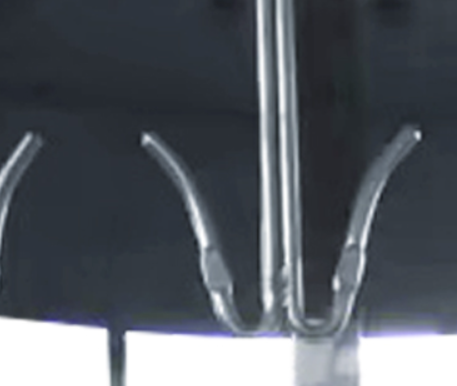Understanding the Impact of Broiler Cage Systems on Poultry Farming Productivity and Welfare
Aug . 12, 2024 16:56 Back to list
Understanding the Impact of Broiler Cage Systems on Poultry Farming Productivity and Welfare
The Broiler Cage A Deep Dive into Poultry Farming Practices
In the realm of modern agriculture, poultry farming has evolved significantly, driven by the growing demand for chicken meat globally. Among the various practices employed in this industry, the use of broiler cages has become a focal point of discussion and debate. Broiler chickens, specifically bred for meat production, are often raised in intensive farming systems that optimize space and efficiency. However, this approach raises questions about animal welfare, environmental impact, and sustainability.
Broiler cages are designed to house large quantities of chickens in a compact area, maximizing the use of land and resources. This system enables farmers to produce meat at a scale that meets the high demand from consumers and processors. With advancements in breeding technology and feeding practices, broiler chickens have become remarkably efficient, often reaching market weight in just six to seven weeks. This rapid growth is essential for keeping up with consumer preferences and the economics of poultry farming.
One of the primary advantages of broiler cages is their ability to streamline management tasks
. With chickens housed in a controlled environment, farmers can monitor health, growth, and feed consumption more effectively. Automated systems for feeding, watering, and climate control can reduce labor costs and enhance productivity. Additionally, the confined space minimizes the risk of disease outbreaks, as the birds are kept in a relatively stable environment, and vaccinations and medications can be administered more uniformly.broiler cage

However, the practice of housing broilers in cages has come under scrutiny due to concerns about animal welfare. Critics argue that confinement in cages restricts the natural behaviors of chickens, such as movement, dust bathing, and social interaction. Studies show that such restrictions can lead to stress, aggression, and various welfare issues among the birds. As consumer awareness regarding animal rights and welfare has grown, some producers are beginning to adopt alternative housing systems, such as free-range or pasture-based systems, which allow for more space and natural behaviors.
The environmental implications of broiler cage systems also warrant attention. Intensive poultry farming can contribute to issues such as air and water pollution due to the accumulation of waste, which can release ammonia and other pollutants into the environment. Additionally, the high-density farming model raises concerns about land use and the sustainability of feed sources, particularly as global populations continue to rise. As a result, there is an increasing push for more sustainable practices in poultry farming, including the development of eco-friendly feed, improved waste management systems, and consideration of the overall carbon footprint of production methods.
In response to consumer demands and regulatory pressures, some poultry producers are exploring hybrid models that incorporate both the efficiency of caged systems and the welfare standards associated with free-range practices. Innovations such as enriched cages, which allow for more space and the inclusion of features that promote natural behaviors, are gaining traction. These developments aim to balance the need for efficiency in meat production with the ethical considerations surrounding animal welfare.
In conclusion, the use of broiler cages in poultry farming represents a complex intersection of efficiency, animal welfare, and environmental sustainability. As the demand for chicken meat continues to escalate, producers face the challenge of evolving their practices to meet these diverse concerns. By prioritizing humane treatment of animals, minimizing environmental impact, and ensuring efficient production methods, the poultry industry can work towards a more sustainable future that satisfies both market needs and ethical responsibilities. The journey of broiler farming is far from straightforward, but it is one that is critical to the future of food production and the health of our planet.
-
Hot Sale 24 & 18 Door Rabbit Cages - Premium Breeding Solutions
NewsJul.25,2025
-
Automatic Feeding Line System Pan Feeder Nipple Drinker - Anping County Yize Metal Products Co., Ltd.
NewsJul.21,2025
-
Automatic Feeding Line System Pan Feeder Nipple Drinker - Anping County Yize Metal Products Co., Ltd.
NewsJul.21,2025
-
Automatic Feeding Line System - Anping Yize | Precision & Nipple
NewsJul.21,2025
-
Automatic Feeding Line System - Anping Yize | Precision & Nipple
NewsJul.21,2025
-
Automatic Feeding Line System-Anping County Yize Metal Products Co., Ltd.|Efficient Feed Distribution&Customized Animal Farming Solutions
NewsJul.21,2025






